- Why-Binoculars-Matter
- Magnification-and-Objective
- Field-of-View-and-Clarity
- Stabilization-and-Marine-Readiness
- Comfort-Fit-and-Ergonomics
- West-Coast-Conditions-and-Use-Cases
- Real-Trip-Stories-and-Pro-Tips
- How-to-Choose-with-Confidence
1. Why Binoculars Matter
The best binoculars for whale watching on the West Coast turn distant tail slaps into vivid memories. From California gray whales to Washington’s orcas, conditions shift quickly—fog rolls in, boats pitch, and whales surface for seconds. Quality optics help you lock onto a blow the instant it erupts and follow the animal with steady, bright detail. A great pair also makes the “in-between” moments—seabirds, sea lions, and coastal cliffs—feel like part of the show.
2. Magnification and Objective
Find the Sweet Spot
For moving wildlife on water, 7x–10x is the goldilocks zone. At 7x, images are steadier on a rocking boat; at 8x or 10x, you gain reach for shore-based viewing. Pair that power with a 32–50 mm objective lens. A 42 mm objective (in 8x42 or 10x42) balances brightness and weight for full-day scanning. Traditional marine 7x50 binoculars shine on deck: big exit pupils for dawn/dusk and easy eye placement when the swell gets choppy.
Exit Pupil and Low Light
Divide objective by magnification: a 7x50 yields ~7.1 mm, excellent for sunrise Monterey Bay departures. An 8x42 yields ~5.25 mm—still bright and more compact. Bigger isn’t always better on land hikes; choose the format you’ll actually carry.
3. Field of View and Clarity
Wide Angles Win
Whales don’t pose for portraits. A wide field of view (FOV) lets you reacquire a surfacing fast and track a pod without scanning frantically. Look for ~380–420 ft @ 1000 yds on 8x models and ~330–360 ft @ 1000 yds on 10x models.
Glass, Coatings, and Prism Type
Fully multi-coated lenses and phase-corrected roof prisms boost contrast on gray days common along the Pacific. Porro prisms (often on 7x50 marine binoculars) deliver a classic 3D depth perception that makes judging distance on the ocean intuitive. Roof prisms pack light for cliff trails above Big Sur.
4. Stabilization and Marine Readiness
Image Stabilization (IS)
IS binoculars can be game-changing from a pitching deck, especially at 10x. They reduce handshake and wave jitter so you can read dorsal fin notches or spy barnacles on flukes. If you often view from boats, prioritize IS; if you’re mostly shore-based, a standard 8x42 with great FOV may serve you better.
Waterproofing and Fog Proofing
Look for IPX7 or nitrogen/argon purged designs with O-ring seals. Salt spray and temperature swings are facts of West Coast life; sealed optics prevent internal fogging and corrosion. Rubber armor improves grip when your hands are damp.
5. Comfort, Fit, and Ergonomics
Eye Relief and Eyecups
Glasses wearers should target ≥17 mm of eye relief and click-stop eyecups. That fit keeps the full field visible without blackouts. Test the eyecup spacing; comfort equals longer, steadier viewing when a breaching humpback steals the show.
Weight, Balance, and Carry
Under ~28 oz for all-day carry is ideal. A chest harness or floating strap spreads weight and adds safety near water. Smooth, center-focus wheels with some resistance help you dial sharpness even with gloves on a windy pier.
6. West Coast Conditions and Use Cases
Monterey Bay & Big Sur (California)
Shore bluffs and boat tours call for versatility: 8x42 for scanning from land; 7x50 or stabilized 10x for boat days. Dawn fog and glare demand good coatings and a lens hood or brimmed hat to cut stray light.
Channel Islands (SoCal)
Bright sun, fast dolphins, and long horizons reward wide FOV. A compact 8x32 works for hikes; bring a microfiber cloth—salt haze builds fast on ferry spray decks.
Oregon Coast & Depoe Bay
Wind and mist are common. Waterproof 7x50s excel on sea walls where gray whales feed close to shore; the big exit pupil keeps images bright under overcast skies.
San Juan Islands (Washington)
Orca fins can appear anywhere around the channel. Stabilized 10x helps read fin shapes for ID at distance; from kayak tours, stick to 7x/8x for stability and safety.
7. Real Trip Stories and Pro Tips
“On a May morning in Monterey, a sudden blow rose at two o’clock. With 8x42s, I found the silhouette instantly; my partner, using stabilized 10x, tracked the roll and whispered, ‘calf on the starboard side.’ We watched the pair surface twice more before the fog swallowed the horizon.” That day, two choices mattered: wide FOV to acquire quickly, stabilization to linger on detail.
Quick Wins You’ll Feel Immediately
1) Keep lenses capped until you spot a blow—then uncap and track; less salt on glass means sharper images. 2) Pre-focus at ~200 yds before whales appear; micro-adjust as they surface. 3) Use both hands and brace elbows to ribs on shore; on boats, plant feet wide, lean into the rail, and let your core be the gimbal.
8. How to Choose with Confidence
If you’re weighing the best binoculars for whale watching on the West Coast, start with where you’ll spend most of your time—boat or shore—then pick magnification and FOV to match. Add honest waterproofing, comfortable eye relief, and a carry system you’ll actually use. For tailored gear pairings with your itinerary—and to bundle optics with expert-led whale excursions—Refined Travel can streamline the choices so your first perfect sighting isn’t lost to fiddling with focus wheels. Bring the curiosity; we’ll fine-tune the view.

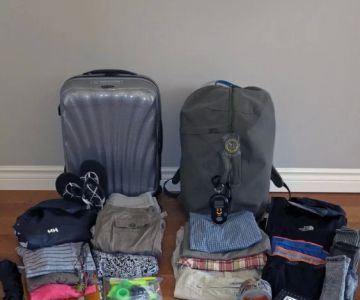
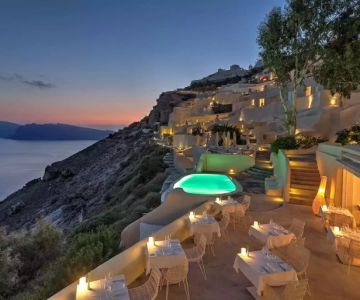
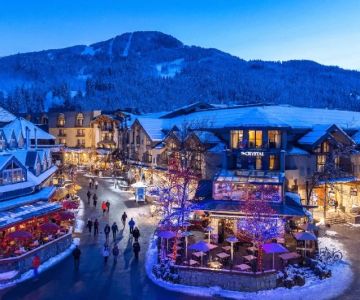
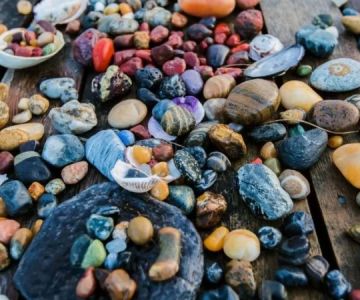
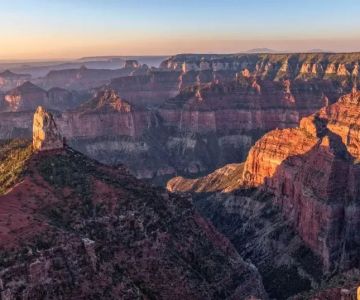
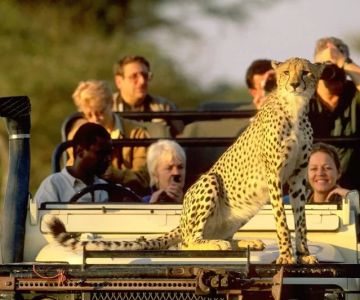
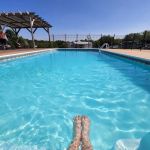 The Great Escape RV Park & Campground4.0 (289 reviews)
The Great Escape RV Park & Campground4.0 (289 reviews)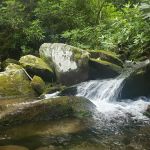 Backcountry Campsite #294.0 (13 reviews)
Backcountry Campsite #294.0 (13 reviews) Thomasville Commons Manufactured Home Community3.0 (43 reviews)
Thomasville Commons Manufactured Home Community3.0 (43 reviews)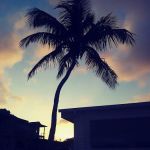 Floridian Ocean Park4.0 (11 reviews)
Floridian Ocean Park4.0 (11 reviews)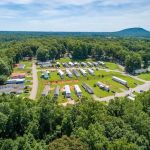 Azalea Hills Residential Community3.0 (5 reviews)
Azalea Hills Residential Community3.0 (5 reviews)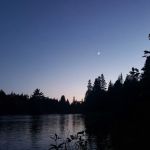 Buttercup Campground4.0 (32 reviews)
Buttercup Campground4.0 (32 reviews)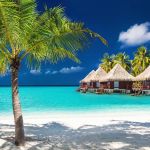 Exclusive Travel Packages for First-Class Travelers: A Guide to Luxury Vacations
Exclusive Travel Packages for First-Class Travelers: A Guide to Luxury Vacations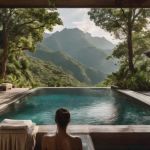 Refined Travel Experiences in Southeast Asia: Explore Luxury & Unique Destinations
Refined Travel Experiences in Southeast Asia: Explore Luxury & Unique Destinations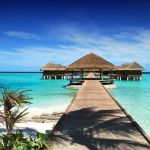 How to Make the Most of Luxury Vacation Deals: Expert Tips for Savvy Travelers
How to Make the Most of Luxury Vacation Deals: Expert Tips for Savvy Travelers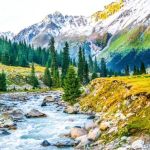 How to Enjoy a Refined Travel Experience in the Mountains
How to Enjoy a Refined Travel Experience in the Mountains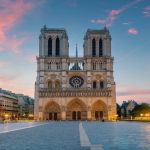 Refined Travel Itineraries for Art and Culture Lovers: Explore the World of Art and History
Refined Travel Itineraries for Art and Culture Lovers: Explore the World of Art and History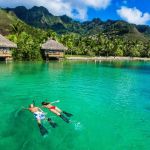 Most Luxurious Destinations for Honeymooners: Top Spots for Romance and Luxury
Most Luxurious Destinations for Honeymooners: Top Spots for Romance and Luxury